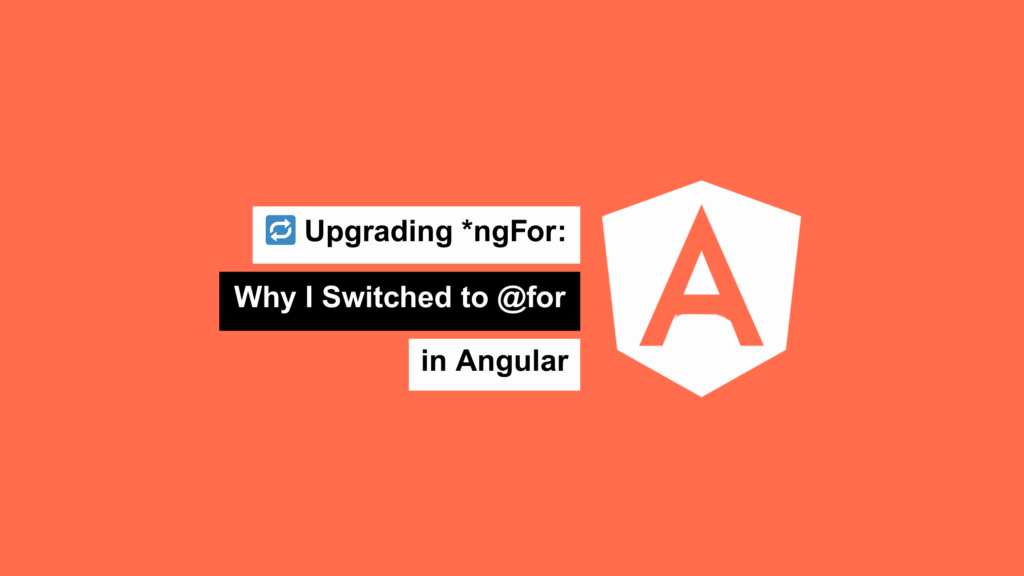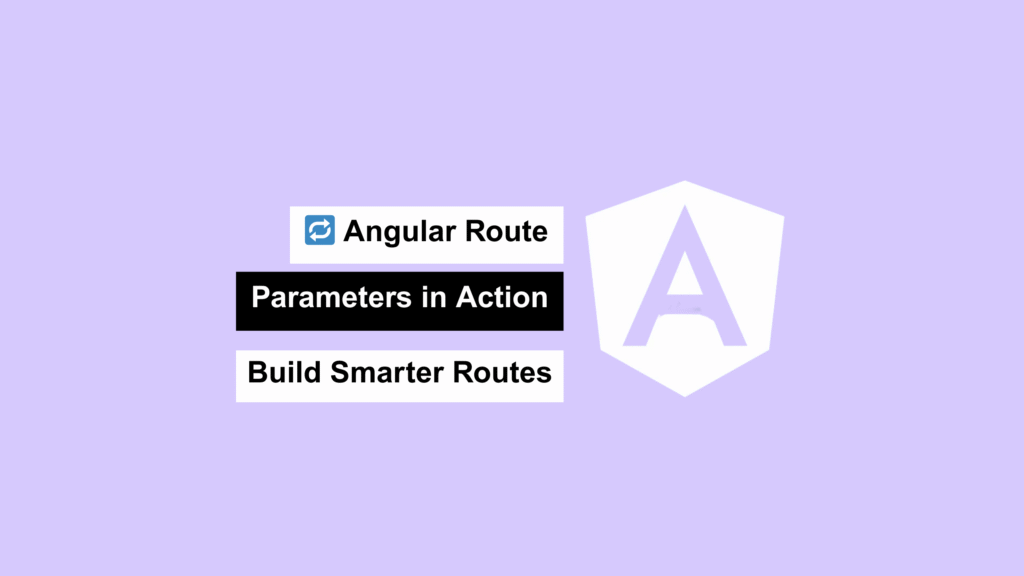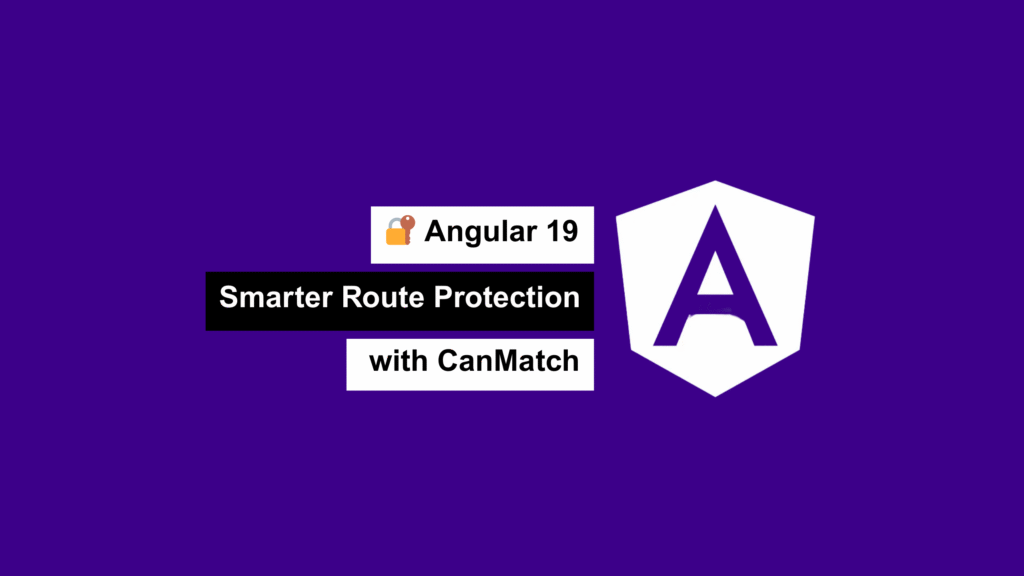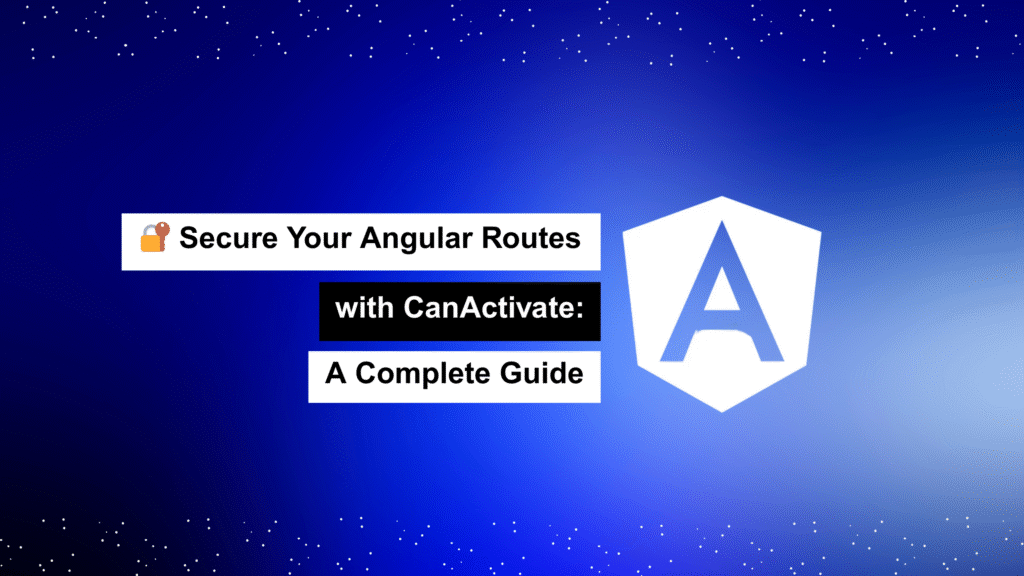How to Build a Fast and Reliable Real-Time Search in Angular
Real-time search is a must-have feature for today’s web apps. Whether you’re filtering products, users, or suggestions, users expect instant, accurate feedback as they type. But there’s a sneaky problem: Every single keystroke can trigger a new HTTP request. This floods your network with unnecessary calls and can cause your UI to glitch with outdated […]
How to Build a Fast and Reliable Real-Time Search in Angular Read More »









